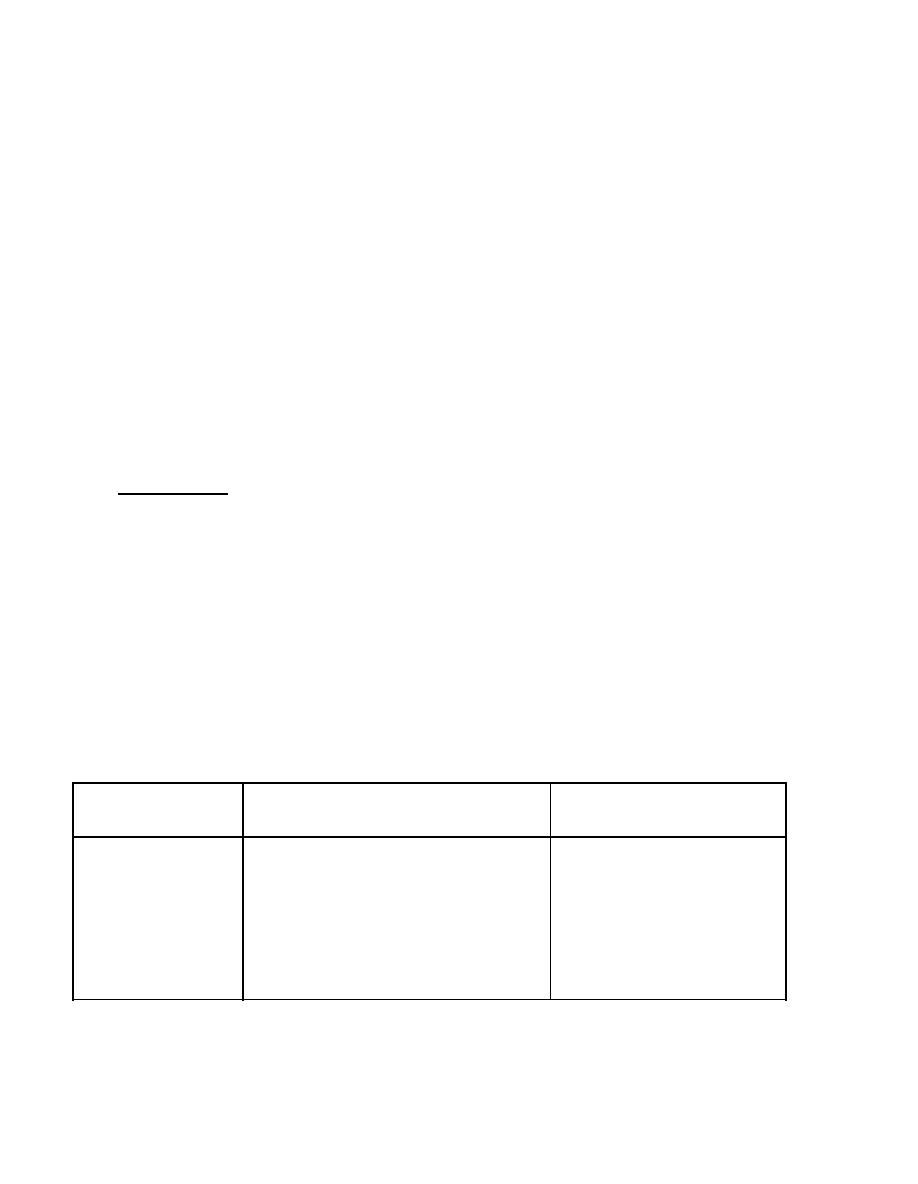

Custom Search
|
|

|
||
 4 CLASSIFICATION. All steam traps do not function in the same manner, but
a l l traps operate using basic physical laws. Steam traps are grouped into
t h r e e major classifications which are based on function. The functions are
sometimes mixed to provide combination type steam traps. The three
classifications are as follows:
( a ) Mechanical - operates using the difference in density between
condensate and steam
( b ) T h e r m o s t a t i c - operates using the difference in temperature between
steam, condensate, and air
( c ) Thermodynamic - o p e r a t e s using the difference in kinetic energy
between flowing steam and condensate
5 TRAP TYPES. W i t h i n each classification there are types of traps. Table
8 - 1 lists the types of traps associated with each classification.
6 MECHANICAL TRAPS. T h e function of mechanical traps is based on the fact
t h a t low density steam will travel above the higher density condensate when
both fluids are in a common container, such as a conduit.
6 . 1 Bucket Traps. Bucket traps can be of the open top or the inverted type.
Both use the difference between the density of steam and condensate for their
operation.
U p r i g h t bucket traps are now rare and seldom ever installed (refer
t o f i g u r e 8 - l ) . U p r i g h t bucket traps which fail are usually replaced by
i n v e r t e d bucket traps (refer to figure 8-2). Cooled condensate is not
required to operate traps which release condensate at steam temperature. When
t h e trap is first installed and steam Is turned on, the inverted bucket is
down and the valve is wide open. Condensate and air enter under the bell or
i n v e r t e d bucket and flow through the discharge orifice. After all the
condensate and air are removed, steam reaches the trap and floats the bucket,
c l o s i n g the valve. When condensate and air enter the trap, the bucket loses
its buoyancy and drops. This opens the valve and the condensate and air are
d i s c h a r g e d until the steam again floats the bucket, closing the valve. Normal
f a i l u r e may be either open or closed.
TABLE 8-1.
Types of Steam Traps
Mechanical
Thermostatic
Thermodynamic
U p r i g h t bucket
Bimetallic
I n v e r t e d bucket
Venturi nozzle
Thermal expansion
Float
Piston impulse
Bellows
Float and thermostatic
Disk
8-2
|
 |
|
 |
||